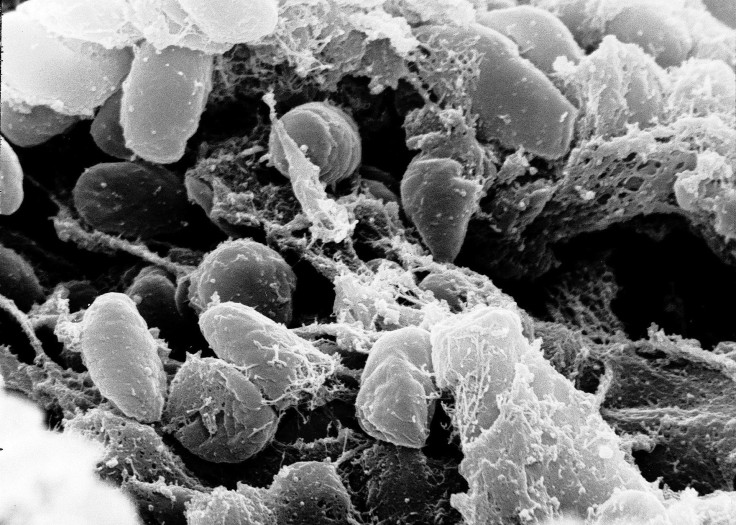How The Black Death Plague Helps The Environment, It Could Reduce Atmospheric Lead Pollution

One way to stop countries from polluting the air with lead is to bring back the plague. Research suggests while the infectious and deadly illness known as the Black Death rampaged through Europe and slowed industry, among other side effects, lead disappeared from the air.
Scientists analyzed ice samples from a glacier in the Alps along the Swiss-Italian border, looking specifically for lead that would have been deposited from the atmosphere. The study in the journal GeoHealth found between 1349 and 1353 — when the plague was at its peak — “atmospheric lead dropped to undetectable levels.”
Read: What the U.S. Looked Like Before Environmental Protection Laws
The Black Death was most likely a bacterial infection and the disease was so devastating and widespread, killing millions of people, that it caused economic decline and interfered with metal production, including lead smelting. Although it is famous for tearing through Europe during the Middle Ages, it originated in Asia and caused many deaths on that continent as well before spreading. There were several waves of the plague that led to bursts of infections lasting a few years, with calmer periods in between, and so many people died that the loss of labor reduced trade, agriculture and business.
That plague peak from 1349 and 1353 was the only time in the last 2,000 years or so that lead levels in the atmosphere were “at or approaching natural background” levels, the ice analysis revealed. This shows how long humans have been releasing harmful materials into the air — well before the Industrial Revolution, which was four centuries later — and what it would take to make the lead flow stop.
“When we saw the extent of the decline in lead levels, and only saw it once, during the years of the pandemic, we were intrigued,” lead author Alexander More said in a statement from Harvard University. “In different parts of Europe, the Black Death wiped out as much as half the population. It radically changed society in multiple ways.”
When looking at the ice, the scientists concentrated on lead because of the danger it poses to human health and the environment, and because the amount of lead is a measure of economic activity.
“Lead is one of the most dangerous pollutants in the air, and one we’ve mined for a very, very long time,” More said. “It was ubiquitous in the preindustrial world, widely used in construction, pipes, currency and everyday utensils.”
Despite its ties to economic prosperity, lead is poisonous to living creatures. According to the U.S. Environmental Protection Agency, it can harm a person’s nervous system and interfere with kidney function, the immune system, reproductive organs and cardiovascular system. People who are exposed to lead might develop heart disease, and children could have behavioral and developmental problems, including a lower IQ.
Read: Can Caterpillars Save Us From Plastic Pollution?
Plants and animals also are at risk as lead exposure could lower growth and reproductive rates.
The United States and other countries have regulated lead in the last several decades, cutting out things like lead paint and leaded gasoline, but people are still exposed to it.
“Lead is toxic to the brain at extremely low levels,” Mount Sinai Medical Center’s Philip Landrigan, a pediatric lead poisoning expert, said in the Harvard statement. “It’s clear that lead has lasting effects on children’s lives.”
© Copyright IBTimes 2024. All rights reserved.





















